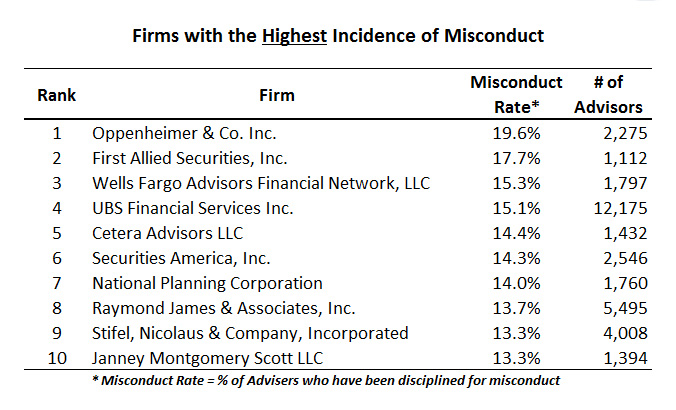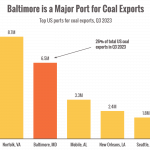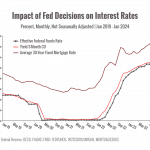The Financial Four – Bracket Challenge
Now that your March Madness bracket is already collapsing, how about a matchup where you’re always a winner? The National Endowment for Financial Education (NEFE) and the Financial Planning Association have put together an online interactive bracket of 32 financial actions that people can take to help make winning money moves.
Click here to take the Financial Four Challenge
Source: Washington Post













